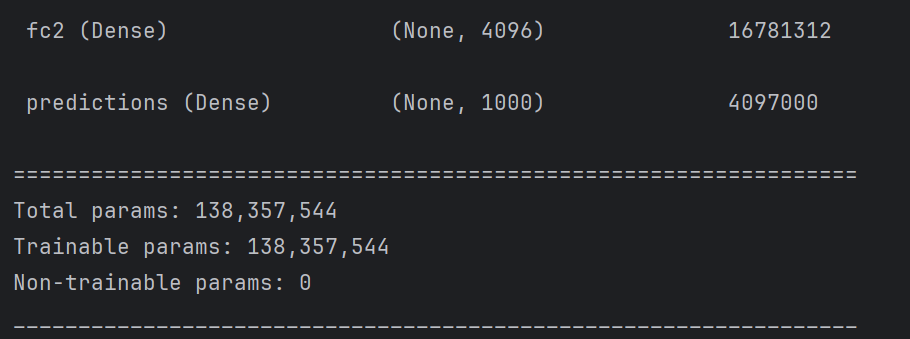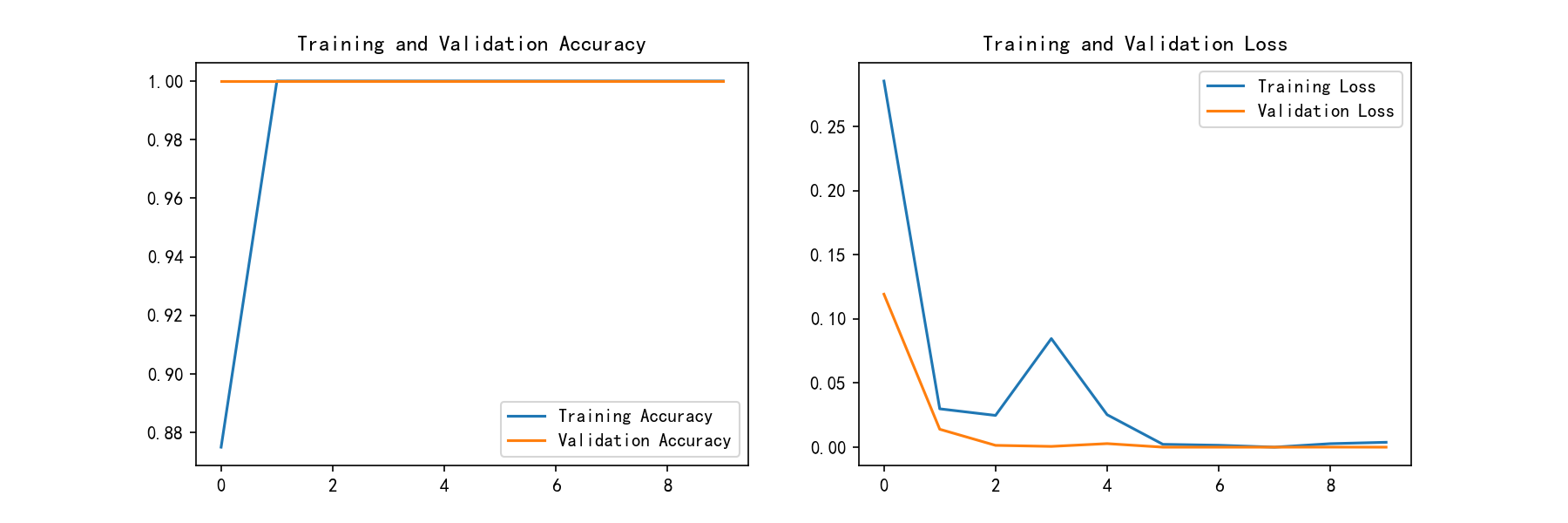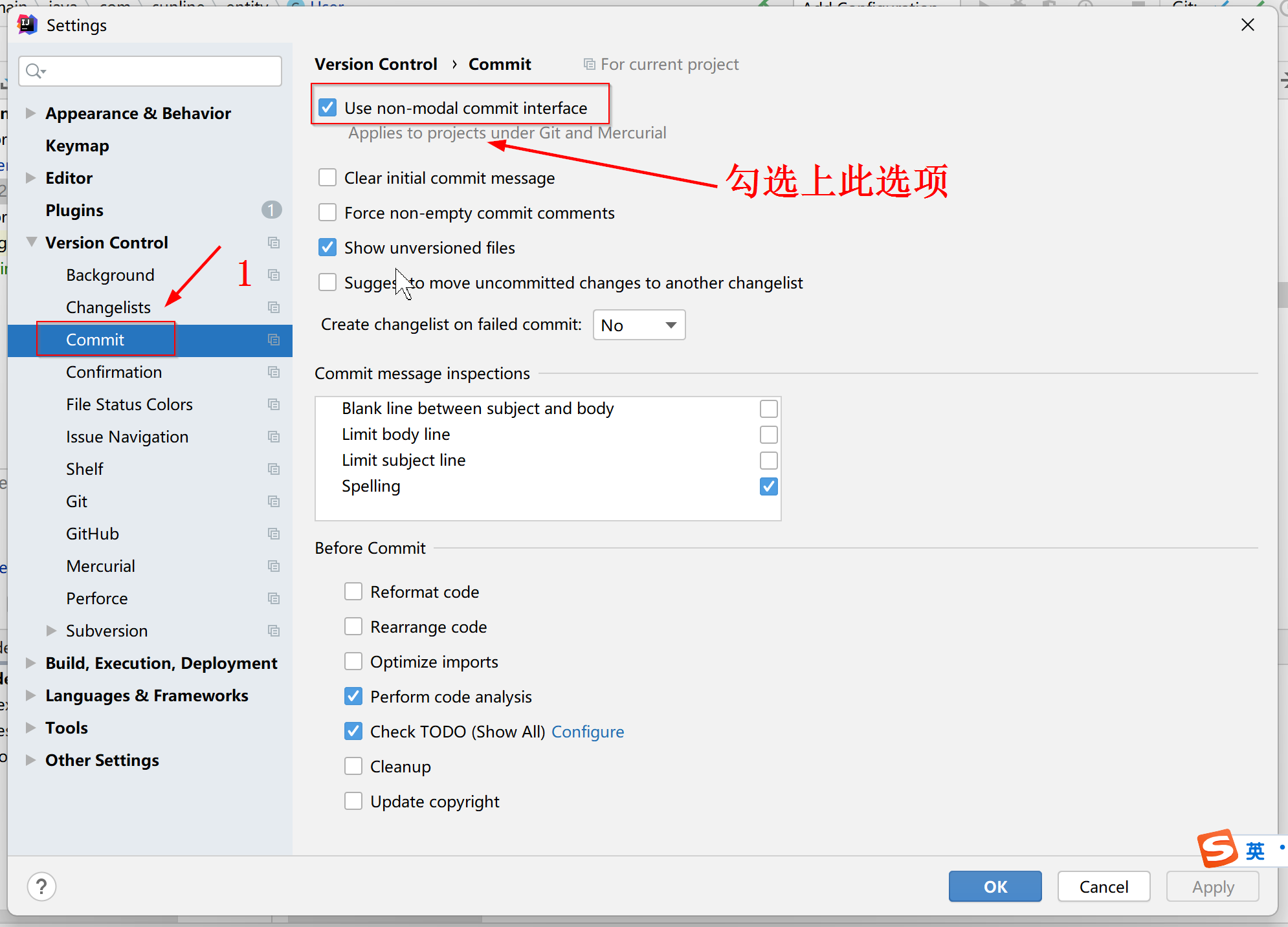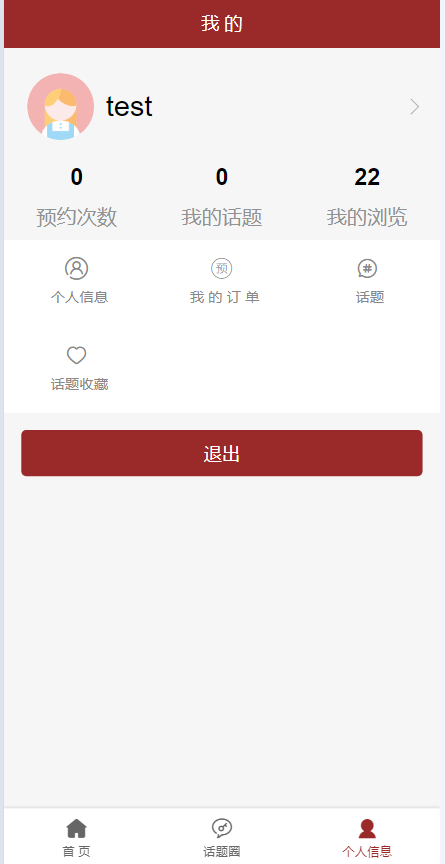- 🍨 本文为🔗365天深度学习训练营 中的学习记录博客
- 🍖 原作者:K同学啊
具体实现
(一)环境
语言环境:Python 3.10
编 译 器: PyCharm
框 架:
(二)具体步骤
from absl.logging import warning
import tensorflow as tf
from tensorflow.python.data import AUTOTUNE
from utils import GPU_ON
import matplotlib.pyplot as plt
# 第一步:准备环境
GPU_ON()
# ##########output#############################################
# Tensorflow Version: 2.10.0# [PhysicalDevice(name='/physical_device:GPU:0', device_type='GPU')]
# [PhysicalDevice(name='/physical_device:GPU:0', device_type='GPU')]
# ##########end output##########################################
# 支持中文
plt.rcParams['font.sans-serif'] = ['SimHei'] # 用来显示中文标签
plt.rcParams['axes.unicode_minus'] = False # 用来正常显示负号
import os, PIL, pathlib
# 隐藏警告
import warnings
warnings.filterwarnings('ignore')
# 第二步:导入数据
data_dir = "./datasets/365-7-data"
data_dir = pathlib.Path(data_dir)
image_count = len(list(data_dir.glob('*/*')))
print("图片总数为:", image_count)
# ########output##############################################
# 图片总数为: 3400# ########end output##########################################
# 第三步:数据预处理
batch_size = 8
img_height, img_width = 224, 224
train_ds = tf.keras.preprocessing.image_dataset_from_directory(
data_dir,
validation_split=0.2,
subset="training",
seed=123,
image_size=(img_height, img_width),
batch_size=batch_size,
)
# ############output##########################################
# Found 3400 files belonging to 2 classes.
# Using 2720 files for training.
##############end output######################################
val_ds = tf.keras.preprocessing.image_dataset_from_directory(
data_dir,
validation_split=0.2,
subset="validation",
seed=123,
image_size=(img_height, img_width),
batch_size=batch_size,
)
# ############output##########################################
# Found 3400 files belonging to 2 classes.
# Using 680 files for validation.
# ###############end output##################################
# 获取名称标签
class_names = train_ds.class_names
print(class_names)
# #################output######################################
# ['cat', 'dog']
###################end output###################################
# 检查一下数据
for image_batch, labels_batch in train_ds:
print(image_batch.shape)
print(labels_batch.shape)
break
# #############output########################################
# (8, 224, 224, 3) ---每一批8张图片,长224,宽224,RGB彩色通道(3)
# (8,) --- 标签就是一批8张图片的标签
# #############end output###################################
# 预处理
AUTOTUNE = tf.data.AUTOTUNE
def preprocess_image(image, label):
return (image / 255.0, label)
# 归一化处理
train_ds = train_ds.map(preprocess_image, num_parallel_calls=AUTOTUNE)
val_ds = val_ds.map(preprocess_image, num_parallel_calls=AUTOTUNE)
# cache() ----将数据集缓存到内存当中 加速运行
# shuffle() ----打乱数据
# prefetch() ----预取数据,加速运行
train_ds = train_ds.cache().shuffle(1000).prefetch(buffer_size=AUTOTUNE)
val_ds = val_ds.cache().prefetch(buffer_size=AUTOTUNE)
# 可视化数据
plt.figure(figsize=(15, 10)) # 创建一个顶层容器,大小是15*20英寸
for images, labels in train_ds.take(1):
for i in range(8):
# 向当前图添加坐标轴, 我们想在1行显示8张图片,所以是1行8列
ax = plt.subplot(1, 8, i + 1)
print(images[i])
# imshow()--将数据显示为图像,支持的数据类型(M,N)标量数据/(M,N,3)RGB数据/(M,N,4)RGBA数据。本例中是RGB
plt.imshow(images[i])
plt.title(class_names[labels[i]]) # 显示坐标轴标签
plt.axis('off') # 隐藏所有的轴信息
plt.show()

# 第四步:构建VGG16网络模型
from tensorflow.keras import layers, models, Input
from tensorflow.keras.models import Model
from tensorflow.keras.layers import Conv2D, MaxPooling2D, Dense, Flatten, Dropout
def VGG16(nb_classes, input_shape):
input_tensor = Input(shape=input_shape)
# 1st block
x = Conv2D(64, (3,3), activation='relu', padding='same',name='block1_conv1')(input_tensor)
x = Conv2D(64, (3,3), activation='relu', padding='same',name='block1_conv2')(x)
x = MaxPooling2D((2,2), strides=(2,2), name = 'block1_pool')(x)
# 2nd block
x = Conv2D(128, (3,3), activation='relu', padding='same',name='block2_conv1')(x)
x = Conv2D(128, (3,3), activation='relu', padding='same',name='block2_conv2')(x)
x = MaxPooling2D((2,2), strides=(2,2), name = 'block2_pool')(x)
# 3rd block
x = Conv2D(256, (3,3), activation='relu', padding='same',name='block3_conv1')(x)
x = Conv2D(256, (3,3), activation='relu', padding='same',name='block3_conv2')(x)
x = Conv2D(256, (3,3), activation='relu', padding='same',name='block3_conv3')(x)
x = MaxPooling2D((2,2), strides=(2,2), name = 'block3_pool')(x)
# 4th block
x = Conv2D(512, (3,3), activation='relu', padding='same',name='block4_conv1')(x)
x = Conv2D(512, (3,3), activation='relu', padding='same',name='block4_conv2')(x)
x = Conv2D(512, (3,3), activation='relu', padding='same',name='block4_conv3')(x)
x = MaxPooling2D((2,2), strides=(2,2), name = 'block4_pool')(x)
# 5th block
x = Conv2D(512, (3,3), activation='relu', padding='same',name='block5_conv1')(x)
x = Conv2D(512, (3,3), activation='relu', padding='same',name='block5_conv2')(x)
x = Conv2D(512, (3,3), activation='relu', padding='same',name='block5_conv3')(x)
x = MaxPooling2D((2,2), strides=(2,2), name = 'block5_pool')(x)
# full connection
x = Flatten()(x)
x = Dense(4096, activation='relu', name='fc1')(x)
x = Dense(4096, activation='relu', name='fc2')(x)
output_tensor = Dense(nb_classes, activation='softmax', name='predictions')(x)
model = Model(input_tensor, output_tensor)
return model
model=VGG16(1000, (img_width, img_height, 3))
model.summary()

# 第五步:编译
model.compile(loss='sparse_categorical_crossentropy', # 损失函数
optimizer='adam', # 优化函数
metrics=['accuracy']) # 模型评估的指标,一般是accuracy
# 第六步:训练模型
from tqdm import tqdm
import tensorflow.keras.backend as K
epochs = 10
lr = 1e-4
# 记录训练数据,方便后面分析
history_train_loss = []
history_val_loss = []
history_train_accuracy = []
history_val_accuracy = []
for epoch in range(epochs):
train_total = len(train_ds)
val_total = len(val_ds)
"""
total: 预期的迭代数目
ncols: 控制进度条宽度
mininterval: 进度条更新最小间隔,以秒为单位(默认为0.1)
""" with tqdm(total=train_total,
desc=f'Epoch {epoch + 1}/{epochs}',
mininterval=1,
ncols=100) as pbar:
lr = lr * 0.92
K.set_value(model.optimizer.lr, lr)
for image, label in train_ds:
history = model.train_on_batch(image, label)
train_loss = history[0]
train_accuracy = history[1]
pbar.set_postfix({
"loss": "%.4f" % train_loss,
"accuracy": "%.4f" % train_accuracy,
"lr": K.get_value(model.optimizer.lr),
})
pbar.update(1)
history_train_loss.append(train_loss)
history_train_accuracy.append(train_accuracy)
print('开始验证!')
with tqdm(total=val_total,
desc=f'Epoch {epoch + 1}/{epochs}',
mininterval=0.3,
ncols=100) as pbar:
for image, label in val_ds:
history = model.test_on_batch(image, label)
val_loss = history[0]
val_accuracy = history[1]
pbar.set_postfix({
"loss": "%.4f" % val_loss,
"accuracy": "%.4f" % val_accuracy
})
pbar.update(1)
history_val_loss.append(val_loss)
history_val_accuracy.append(val_accuracy)
print('结束验证!')
print('验证loss为:%.4f'%val_loss)
print('验证准确率为:%.4f'%val_accuracy)

# 第七步:评估模型
[# 采用加载的模型(new_model)来看预测结果
plt.figure(figsize=(18, 3)) # 图形的宽为18高为5
plt.suptitle("预测结果展示")
for images, labels in val_ds.take(1):
for i in range(8):
ax = plt.subplot(1, 8, i + 1)
# 显示图片
plt.imshow(images[i].numpy())
# 需要给图片增加一个维度
img_array = tf.expand_dims(images[i], 0)
# 使用模型预测图片中的人物
predictions = model.predict(img_array)
plt.title(class_names[np.argmax(predictions)])
plt.axis("off")
plt.show()](<epochs_range = range(epochs)
plt.figure(figsize=(12, 4))
plt.subplot(1, 2, 1)
plt.plot(epochs_range, history_train_accuracy, label='Training Accuracy')
plt.plot(epochs_range, history_val_accuracy, label='Validation Accuracy')
plt.legend(loc='lower right')
plt.title('Training and Validation Accuracy')
plt.subplot(1, 2, 2)
plt.plot(epochs_range, history_train_loss, label='Training Loss')
plt.plot(epochs_range, history_val_loss, label='Validation Loss')
plt.legend(loc='upper right')
plt.title('Training and Validation Loss')
plt.show()>)

# 第八步:预测
import numpy as np
# 采用加载的模型(new_model)来看预测结果
plt.figure(figsize=(18, 3)) # 图形的宽为18高为5
plt.suptitle("预测结果展示")
for images, labels in val_ds.take(1):
for i in range(8):
ax = plt.subplot(1, 8, i + 1)
# 显示图片
plt.imshow(images[i].numpy())
# 需要给图片增加一个维度
img_array = tf.expand_dims(images[i], 0)
# 使用模型预测图片中的人物
predictions = model.predict(img_array)
plt.title(class_names[np.argmax(predictions)])
plt.axis("off")
plt.show()



















